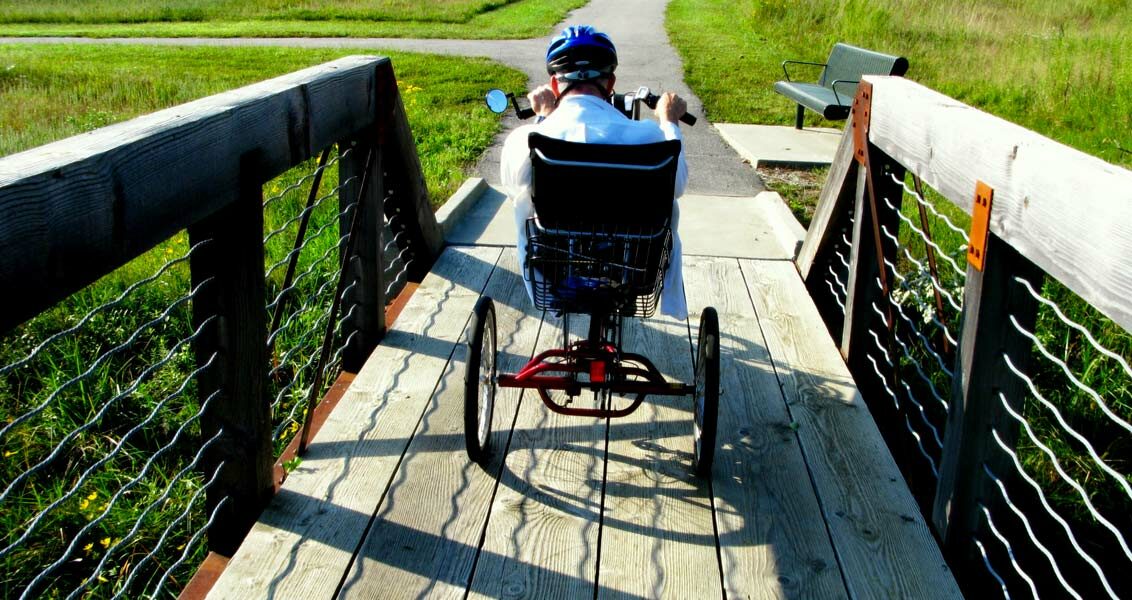
Parkinson’s disease (PD) is a type of degenerative brain disorder affecting almost one million Americans. The incidence of Parkinson’s is nearly as common as its relative—Alzheimer’s—making it a highly recognizable disease. The famous faces who fight the symptoms of Parkinson’s every day—like Muhammad Ali, Michael J. Fox, and Janet Reno—have put a spotlight on this chronic and progressive disease, much like Lou Gehrig put a recognizable name to amyotrophic lateral sclerosis (ALS). However, Parkinson’s patients don’t have to go 12 rounds with this disease all on their own—physical therapy can help patients achieve a better quality of life as they manage their symptoms.
Parkinson’s disease occurs more often in men than women, with onset averaging around age 60. Symptoms begin with a small hand or leg tremor that progressively worsens until nearly the entire body is affected. The loss of dopamine-producing nerve cells in the brain causes many painful symptoms, including shaking (tremors), stiff muscles, slow movement, balance and posture problems, speech and writing issues, and difficulty with daily activities. Physical therapists—particularly those who are experienced in treating neurological disorders—manage these symptoms by helping patients stay as active and independent as possible.
Before developing a treatment plan, a physical therapist will perform an extensive physical examination to test a patient’s posture, strength, flexibility, ability to walk, balance, and coordination. Based on the results of the evaluation, the therapist will then create a patient-specific treatment plan designed to improve function and mobility.
Treatment plans vary depending on the nature and severity of a patient’s condition and medications, but they typically include exercises and techniques that help patients:
- Get in and out of beds, chairs, and cars
- Turn over in bed
- Improve physical agility (efficiently change body position)
- Perform hand movements
- Decrease risk of falling
- Improve the safety and function of their homes
- Develop exercise habits to maintain improvements after therapy
As a patient’s condition changes, the physical therapist will adapt the treatment plan and determine whether an assistive device—like a cane or a walker—would be appropriate and helpful for mobility issues.
There is no known cause—or cure—for Parkinson’s disease and the neurological damage it causes. However, physical therapy can help patients regain independence and find relief from the pain and physical limitations caused by the disease.


